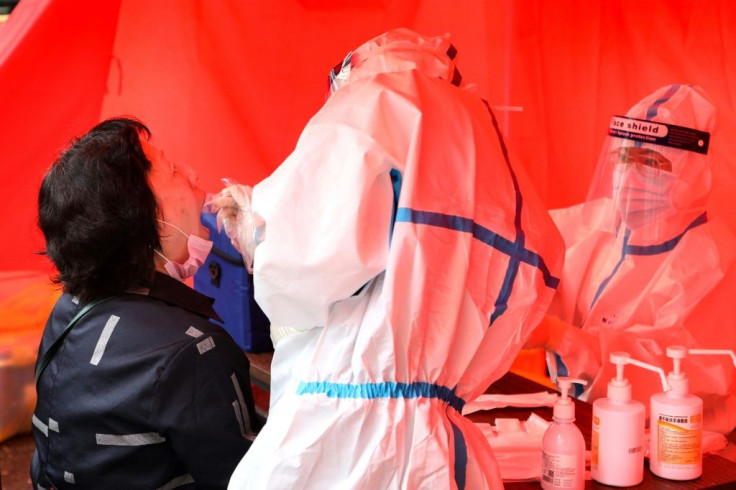WHO On Coronavirus Found In Frozen Foods: 'People Should Not Fear Food'

KEY POINTS
- 2 cases of coronavirus showing up in frozen food and packaging have been discovered in China
- WHO, FDA say no evidence of COVID-19 transmission through frozen food exists
- Traces of coronavirus were found in products imported from Brazil
Local authorities in two Chinese cities have found traces of the coronavirus on frozen food and frozen food packaging imported from two South American countries, raising new questions about whether COVID-19 can be transmitted through food.
The World Health Organization (WHO) responded Thursday and urged people not to be afraid of the virus entering the food chain, saying it saw no evidence of coronavirus being spread by food or packaging.
The virus was detected on frozen chicken wings from Brazil that made it into Shenzhen, a southern Chinese city and province near Hong Kong. The poultry product was traced to a plant owned by Aurora, the third-largest poultry and pork exporter in Brazil.
Frozen shrimp from Ecuador that tested positive on samples taken from the outer packaging was sold in the central Chinese city of Xi’an about 700 miles southwest of Beijing.
"People should not fear food, food packaging or delivery of food," WHO's head of emergency programs Mike Ryan said at a news briefing.
Ryan’s statement was supported by a joint statement from the Food and Drug Administration (FDA) and Agriculture Department that said, "There is no evidence that people can contract COVID-19 from food or from food packaging."
Statements from WHO, the FDA, and other government agencies may calm some nerves, but there are still concerns and uncertainties about how the virus behaves on surfaces and what environmental extremes it can handle.
It has not been completely ruled out that the virus can survive on frozen food or frozen surfaces, however. Chinese experts say that some known viruses can survive up to 20 years at minus 20° C. Other scientists and officials say that there is no strong evidence so far that the coronavirus can survive on frozen food.
That opinion was echoed in June by Li Fengqin, the head of a microbiology lab at the China National Center for Food Safety Risk Assessment, who told reporters that the possibility of contaminated frozen food causing new infections could not be eliminated.
In a recent press conference, Chinese epidemiologist Li Lanjuan, said, "It is a new virus and how long it can survive in cold environments remains to be studied."
The virus keeps appearing in places like the Xinfadi market, a sprawling food market in China’s capital of Beijing. In June, a cluster of infections linked to the market was traced to a chopping board where imported salmons were handled. How the virus got there is still undetermined.
Meanwhile, coronavirus testing has ramped up in Shenzhen and Xi’an. In June, China began screening all meats and seafood containers entering major ports and has suspended meat imports from Brazil and other sources. The public was also advised to take precautions with imported meat and seafood.
© Copyright IBTimes 2025. All rights reserved.





















